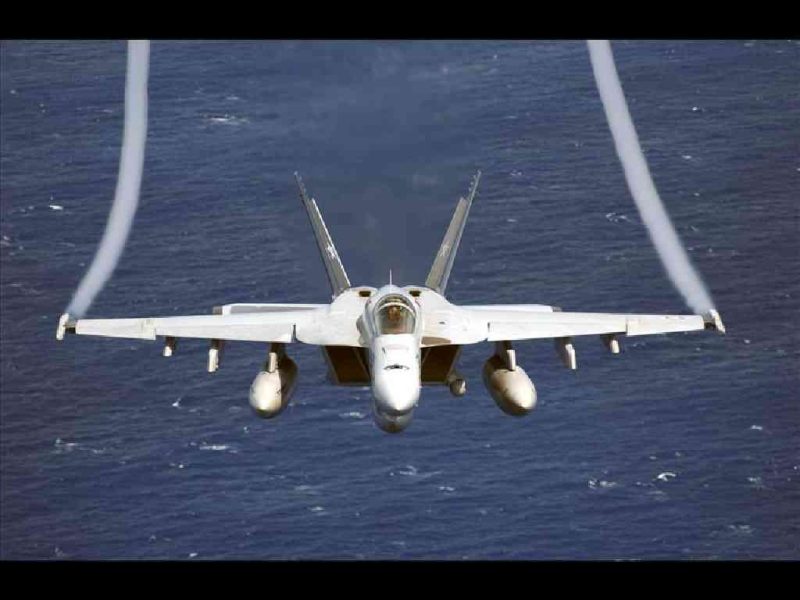A U.S. Navy pilot ejected from an F/A-18E Super Hornet during a routine training flight off Virginia’s coast. Rescued by the Coast Guard, the pilot is safe as authorities investigate the crash’s cause.
Navy pilot rescued after ejecting from jet off Virginia coast

Key Takeaways:
- A Navy pilot ejected from an F/A-18E Super Hornet.
- The incident happened during a routine training flight off Virginia’s coast.
- The Coast Guard successfully rescued the pilot.
- The cause of the crash is under investigation.
- An inquiry continues to determine faults or prevent future mishaps.
Introduction
A routine military training mission off the coast of Virginia turned into an emergency when a U.S. Navy pilot ejected from his F/A-18E Super Hornet fighter jet. According to information provided by Kxan, the crash occurred amid standard practice maneuvers, and the pilot’s swift rescue by the Coast Guard highlighted the rapid coordination between military branches during crisis situations.
Background
The F/A-18E Super Hornet is a mainstay of Naval aviation, widely used for both training and operational missions. These routine drills are carefully planned to maintain flight readiness and safety protocols. However, even with rigorous safeguards in place, mechanical or procedural issues can arise, underscoring the inherent risks of military aviation.
The Ejection
During the flight, the pilot encountered conditions that prompted the immediate decision to eject. While specifics are still under investigation, this action is known to be a last-resort measure for aviators when remaining in the aircraft poses a greater danger than the ejection itself.
The Rescue
After the pilot ejected, the U.S. Coast Guard was alerted and began a prompt recovery operation. Authorities report that the individual was successfully rescued from the water and transferred for appropriate evaluation and care. Quick action by Coast Guard personnel was crucial to ensuring the pilot’s safety and underscores how inter-agency support can save lives.
The Investigation
Investigators are currently examining the wreckage, flight data, and pilot debriefing to determine the cause of this crash. This process is a standard procedure for the Navy and serves to enhance the safety of future operations. Officials emphasize that the investigation will take time as they analyze all possible factors leading to the sudden mishap.
Conclusion
While the focus remains on uncovering the reasons behind the crash, the coordinated response from Navy officials and the Coast Guard has already proven effective. As details emerge from the ongoing investigation, the incident underscores the importance of safety measures, training, and partnership among military branches when extreme circumstances arise.











